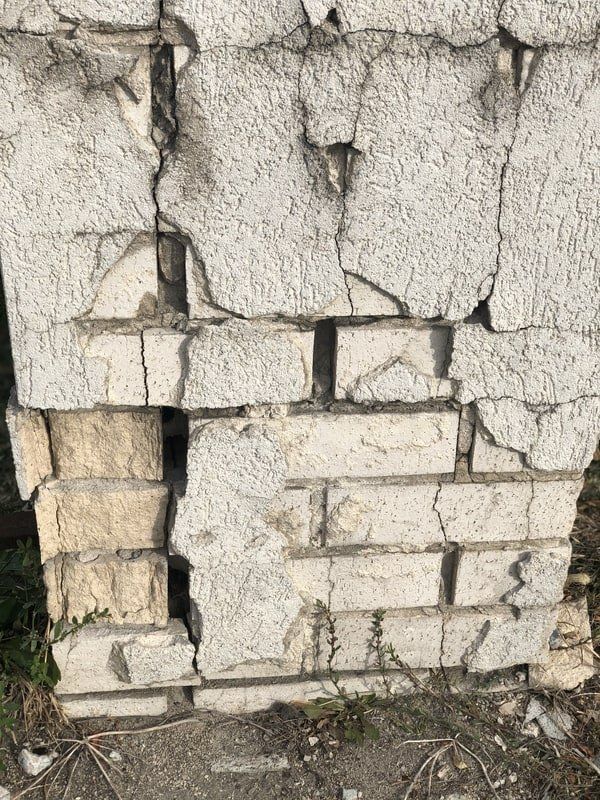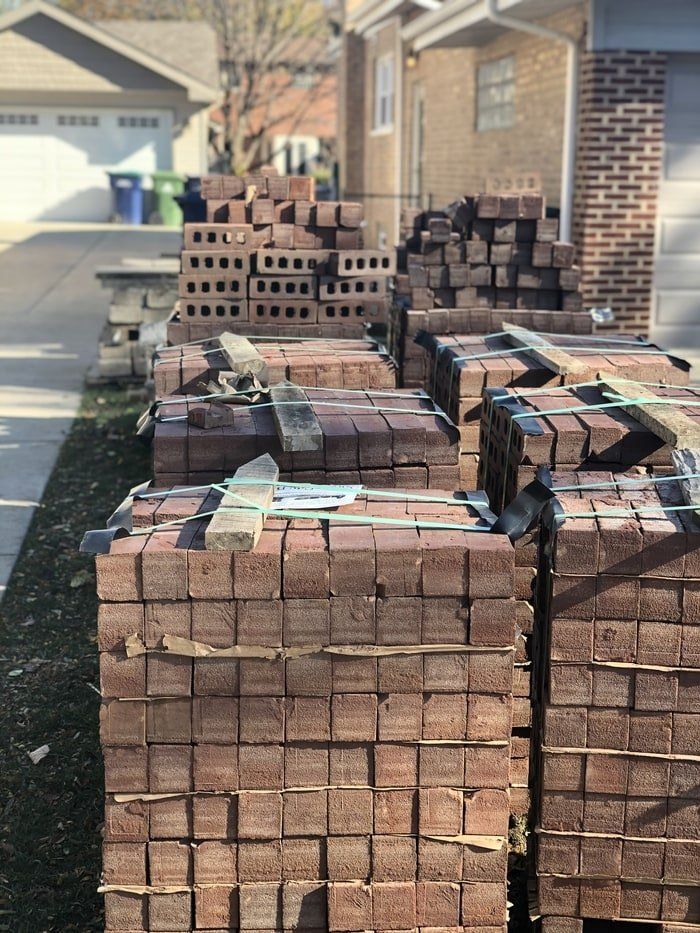When to worry about cracks in your bricks
You may have noticed some cracks on your bricks that have not been there before, or might be planning to buy a new property and caught sight of some step-like cracks on the walls of the building. Seeing these cracks might cause you to worry about what they mean and what you should do about them.
This page will go over the common causes of bricks cracking, the different types of cracks in bricks, how serious they are, and what you have to do to get them fixed. It is normal to be concerned when seeing these cracks as they may imply bigger problems about with your building’s foundation.
What causes bricks to crack?
Bricks have been used for hundreds of years and are widely known as one of the most economical and durable construction materials. However, no matter how strong they are, bricks are not exempted from damage and will soon show signs of wear and tear.
Some of the most usual causes of cracks appearing on brick walls and other surfaces are the following:
1. Exposure to water and moisture
Water is the arch-enemy of most materials used in construction and masonry. Frequent exposure to liquids and dampness can destroy a brick wall and cause it to leak.
2. Sinking of soil
This happens when the unsteady soil under a structure “settles” and sinks along with the foundation of your home. Settling can cause cracks in your building when it is being moved in a different position downwards.
3. Changes in climate
Over the years, we have encountered many sunny and rainy days. When our walls are exposed to extreme weather like rain storms and floods, the water ends up seeping inside them. Bricks are permeable and will eventually crack when not repaired. As water inside the brick freezes, it expands causing cracks to the brick. As the water thaws, it leaves behind a crack that allows room for more water to enter in the future. This constant cycle will eventually cause the brick to crack all the way through.
4. Poor workmanship
When the materials that are used to build your home are subpar, it will be evident after a few years. Cracks will eventually appear on the surface of your bricks and other areas where the construction work was badly done.
5. It cannot hold heavier weights
Your structure may not be properly designed to hold on to heavier weight and can actually be overloaded. This will cause cracks to usually appear first above openings such as windows and doors.
What kind of cracks are there?
There are different kinds of cracks that may appear on your bricks, and there is a specific reason why they look the way they do.
These are the different types of cracks that you may see in your bricks:
1. If you see a horizontal crack in your building
This usually means that there is a struggle happening between your soil and the upper part of your building that may be pushing upward to your foundation. This can cause your walls to bend or bow in, resulting in the appearance of cracks. Overloading and unsteady soil are also some other reasons why there is a horizontal crack. These types of cracks are often considered as a serious threat since there is a bigger possibility of the foundation collapsing when they are already apparent.
2. If you see a vertical crack in your building
This would usually mean that the ground under your structure is shifting and settling. Compared to a horizontal crack, vertical cracks are less serious and can result in the floors to sag. Although they are not as worrisome, it is equally important to have vertical cracks fixed as there is a possibility of it eventually crossing paths with a horizontal crack, making your structure more dangerous.
3. If you see a step-stair-like crack in your building
It would probably be due to expanding soil or exposure to moisture. Also called hairline cracks, they often show themselves on basement walls commonly made of bricks.
When should I be worried about visible cracks in my bricks?
Because foundation problems are one of the main reasons why there are cracks in your brick, it is indeed worrisome due to the possible accidents or injuries that may happen if it falls. Although not a hundred percent guaranteed, cracks in brickworks may be serious and will absolutely need to be checked.
Look for the following warning signs:
Inspect the inside part of your structure for possible
- Cracks on floors made of concrete
- Cracks on your brick walls or ceilings
- Tilted beams
- Cracks on drywalls
- Bowing or slightly curving walls
- Sagging floors
- Water leaking on walls and on the basement
- Doors not closing properly
- Windows not closing shut
Don’t forget to also inspect the outside part of your structure for possible
- Water around the foundation
- Failed waterproofing
- Wide gaps in opening such as windows and doors
- Stooping porches
- Tilted chimneys
These signs indicate a huge safety risk. As the homeowner, it is your responsibility to make sure that you and the other dwellers are staying inside a structure that is safe to be in.



